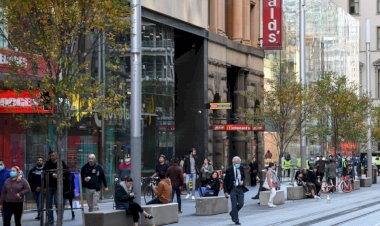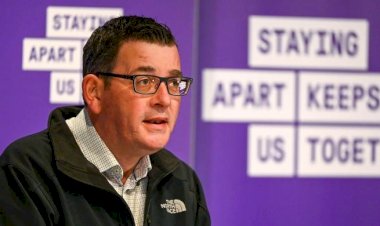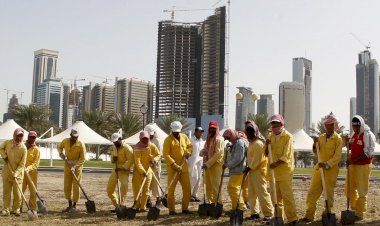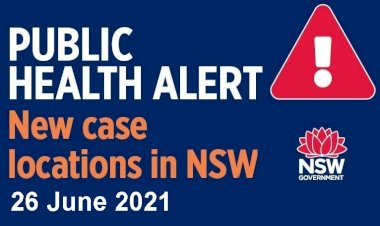NSW announces lockdown for Sydney as 22 new COVID-19 cases recorded

Residents who live or work in the four LGAs in Sydney have been issued a stay-at-home order as the COVID-19 outbreak continues to spread.
NSW Premier Gladys Berejiklian announced a lockdown for four local government areas in Sydney. Accordingly Woollahra, Waverley, Randwick and the City of Sydney, including the CBD will go into lockdown after NSW recorded 22 new locally acquired cases of COVID-19 today.
People who live in those areas, or have worked in those areas in the past fortnight, will be permitted to leave home only for folowing four reasons. The lockdown will begin at 11:59pm today, until at least 11:59pm on Friday, July 2
- Shopping for food or other essential goods and services
- Medical care or compassionate needs
- Exercise outdoors in groups of 10 or fewer
- Essential work, or education, where you cannot work or study from home
Lockdown will affect more than 500,000 residents, and a significant number of others who work in the LGAs.
Anyone who has been working in the four locked-down local government areas for the past two weeks is now subject to a stay-at-home order.
Consequently, workers in the CBD are, as of now, unable to leave the home without good reason.
"If you've been working in the four Local Government Areas, either part time or permanently in the past two weeks, you are subject to the stay-at-home order," NSW Premier Gladys Berejiklian said.
"So it doesn't matter where you live.
"You need to stay at home unless absolutely necessary," she said.
Existing COVID-19 restrictions, in NSW such as mandatory masks indoors and on public transport, have been extended until 11:59pm on Friday, July 2.
Ms Berejiklian said she believed the new restrictions were a “proportionate response to the risk”.
“We’ve done better than expected in terms of contact tracing and getting on top of all those links, but what this does is make sure that we haven’t missed any chains of community transmission,” she said.




 mode1
mode1 




































